#schleswig-holstein-sonderburg-augustenburg
Text

Princess Feodora of Schleswig-Holstein-Sonderburg-Augustenburg with her nephew and nieces, 1905.
From left to right: Princess Helena Adelaide, Princess Adelaide, Princess Victoria Adelaide, Princess Alexandra Victoria, Princess Feodora, Princess Caroline Mathilde and Prince Wilhelm Friedrich.
#princess feodora of schleswig-holstein-sonderburg-augustenburg#princess feodora of schleswig-holstein#princess victoria adelaide of schleswig-holstein-sonderburg-glücksburg#princess alexandra victoria of schleswig-holstein-sonderburg-glücksburg#princess helena adelaide of schleswig-holstein-sonderburg-glücksburg#princess adelaide of schleswig-holstein-sonderburg-glücksburg#prince wilhelm friedrich of schleswig-holstein-sonderburg-glücksburg#duke wilhelm friedrich of schleswig-holstein-sonderburg-glücksburg#german royalty#german royal#schleswig-holstein-sonderburg-glücksburg#schleswig-holstein#1905#1900s#princess karoline mathilde of schleswig-holstein-sonderburg-glücksburg
15 notes
·
View notes
Text

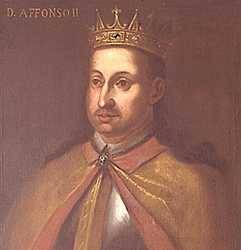
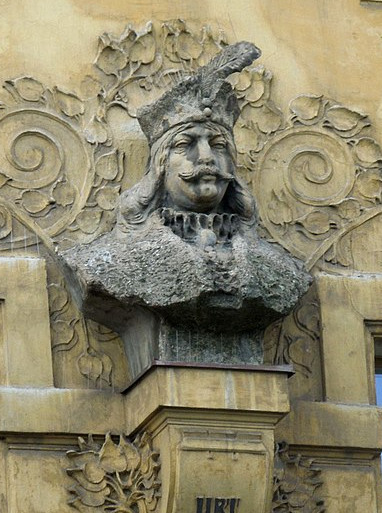

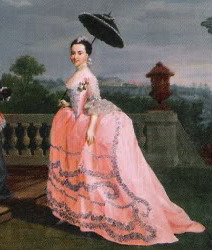





Royal Birthdays for today, April 23rd:
Malcolm IV, King of Scotland, 1141
Afonso II, King of Portugal, 1185
George of Poděbrady, King of Bohemia, 1420
Joan of France, Queen of France, 1464
Charlotte Amalie of Holstein-Plön, Duchess of Schleswig-Holstein-Sonderburg-Augustenburg, 1744
Aisha bint Al Hussein, Princess of Jordan, 1968
Zein bint Al Hussein, Princess of Jordan, 1968
Gabriella Kingston, Daughter of Prince Michael of Kent, 1981
Laetitia Maria of Belgium, Archduchess of Austria-Este, 2003
Louis of Wales, British Prince, 2018
#prince louis#Laetitia Maria of Belgium#Gabriella Kingston#Zein bint Al Hussein#Aisha bint Al Hussein#Charlotte Amalie of Holstein-Plön#joan of france#George of Poděbrady#afonso ii#malcolm iv#long live the queue#royal birthdays
17 notes
·
View notes
Text
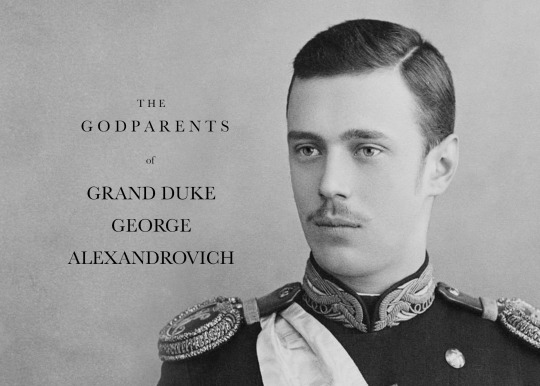
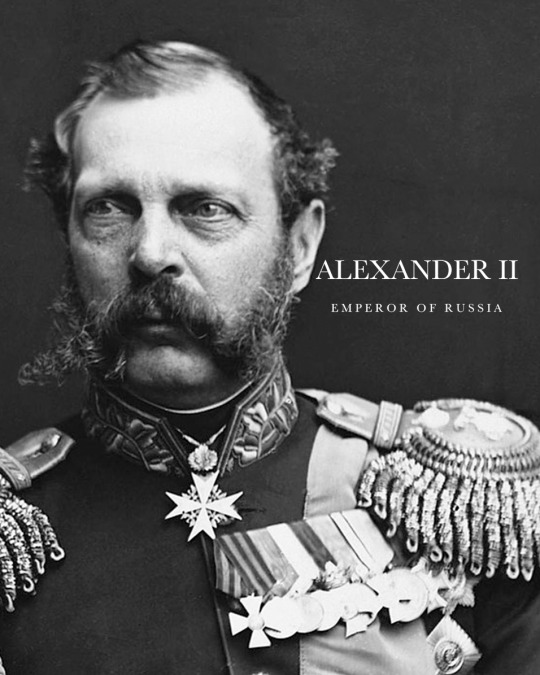
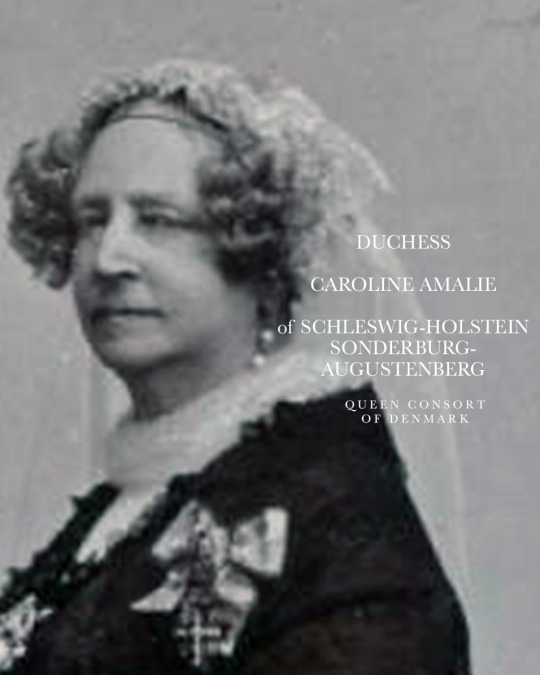

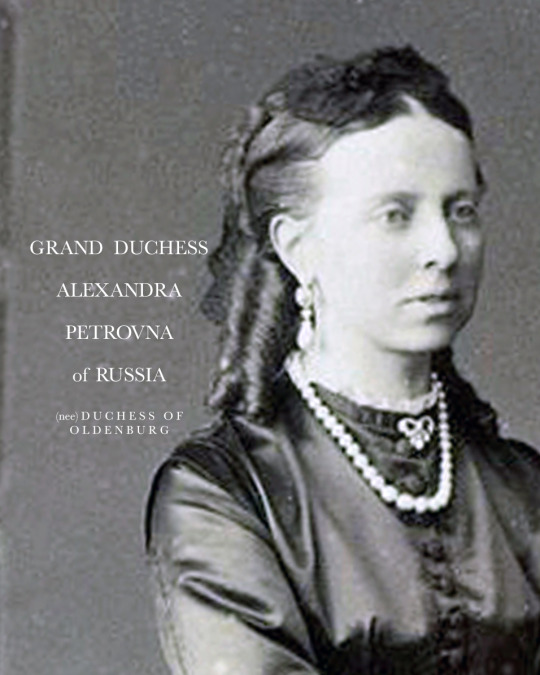
GODPARENTS OF GRAND DUKE GEORGE ALEXADROVICH
Grand Duke George Alexandrovich was born on 9 April 1871 in the Alexander Palace, Saint Petersburg in Tsarskoe Selo, Saint Petersburg. He was the third son of the Tsesarevich and Tsesarevna of Russia, later Emperor Alexander III and Empress Maria Feodorovna. He was christened on 29 May in Grand Palace Church, Tsarskoe Selo, by the Confessor of Their Imperial Majesties.
ALEXANDER II, EMPEROR OF RUSSIA - the Russian Emperor, his grandfather, was one of his godparents. He became the Emperor of All Russia in 1855. Alexander’s most significant reform as emperor was the emancipation of Russia’s serfs in 1861, for which he is known as Alexander the Liberator.
DUCHESS CAROLINE AMALIE OF SCHLESWIG-HOLSTEIN-SONDERBURG-AUGUSTENBURG, QUEEN CONSORT OF DENMARK - his great-great-aunt and the widow of King Christian VIII of Denmark, Queen Caroline Amalie was made a godmother of the Russian grand duke. Caroline Amalie was active within philanthropy, and was a popular figure in Denmark, even more so in widowhood.
KING GEORGE I OF GREECE - his namesake and uncle was listed as one of his godparents. Born a Danish prince, he was elected king by the Greek National Assembly, when he was only 17. His reign of almost 50 years (the longest in modern Greek history) was characterized by territorial gains as Greece established its place in pre–World War I Europe.
GRAND DUCHESS ALEXANDRA PETROVNA OF RUSSIA - George's paternal great-aunt, the wife of Grand Duke Nicholas Nikolaevich, was one of his godparents. A plain, and serious woman, her marriage to Grand Duke Nicholas was an unhappy one. Nevertheless, she would enjoy and maintain a good relationship with his nephew Emperor Alexander III and his wife, who were sympathetic to her.
Source
7 notes
·
View notes
Text
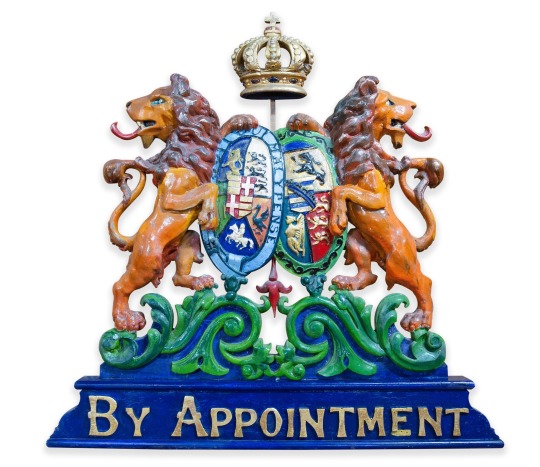
An early 20th century carved wood and polychrome painted armorial warrant
Crest shop sign bearing the arms of Prince Christian of
Schleswig-Holstein-Sonderburg-Augustenburg (1831-1917)
Bonhams
3 notes
·
View notes
Photo
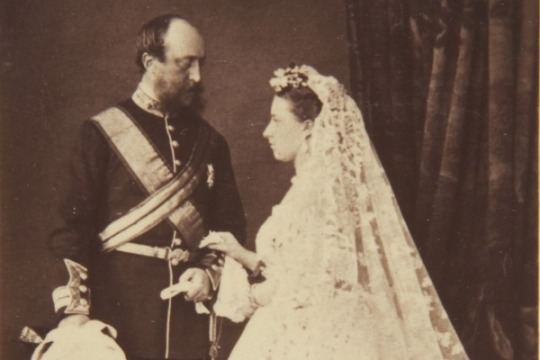
The Marriage of Princess Helena
The marriage of her Royal highness Princess Helena to Prince Christian of Schleswig-Holstein took place on Thursday, in the presence of her Majesty the Queen, their Majesties the King and Queen of the Belgians, the members of the English Royal family and a select congregation of the aristocracy, in the private chapel of Windsor Castle.
Princess Helena Augusta Victoria, fifth child of Queen Victoria and of the lamented Prince Consort, was born on the 25th of May, 1846, and is therefore in her twenty-first year. It has been mentioned in Parliament by one of her Majesty's Ministers, and it may therefore, without impropriety, be recorded here, that the widowed Queen has experienced, in the tender and dutiful attentions of this daughter, one of the greatest sources of consolation during her late bereavement.
Prince Frederick Christian Charles Augustus is a younger son of the late Duke Christian Charles Frederick Augustus of Schleswig-Holstein (who ceded his duchy to Denmark) and brother to Prince Frederick Christian Augustus the eldest son, whose claims to the sovereignty of the duchy, as against, the King of Denmark, were made the pretext, for the late war on the part of the German Powers. Prince Christian, as the younger son is usually called, was born on the 22nd of January, 1831, his mother being Louisa Sophia, Countess Danneskiold-Samsøe, a Danish lady married, in 1828, to the late Duke of Schleswig-Holstein-Sonderburg-Augustenburg, and its lineage is collateral with that of the reigning families of Denmark and Russia. Prince Christian has held commission in the Prussian army. By the express offer of her Majesty, he will henceforth be addressed with the style of Royal Highness.
The small private chapel of Windsor Castle is situated almost in the centre of the Queen's private apartments. Its limited dimensions were, under the direction of the Lord Chamberlain and the Hon. Spencer Ponsonby, made the most of. The seats of pews in the centre were removed, chairs placed on each side, and temporary gallery erected for the commendation of the invited guests. A rich Wilton carpet covered the aisle leading up to the altar.
Soon after eleven o'clock the King and Queen of the Belgians, the Duchess of Cambridge, the Prince and Princess Leiningen, the Duke of Edinburgh, Prince Arthur, and other relatives of the Royal family, were, upon leaving their different apartments conducted to the state drawing-room, which is also called the Zuccarelli Room. From its containing a number of paintings by that artist. The ceiling oof this magnificent room is a richly embellished stucco. In the centre of the cove are elaborately emblazoned shields containing the arms of England and Saxe-Meiningen, the whole being surmounted by the Royal crown, which with other shields scrolls, and wreaths of flowers, complete the decoration. The Prince and Princess of Wales soon afterwards joined this distinguished assemblage where they remained till summoned to the chapel. In the Red Drawingroom, or Rubens' Room, in which the body of George IV lay in state , was assembled the Diplomatic Body; while the general visitors assembled in what is known as the White Drawing-room. Her Majesty's private band played in the Red Drawing-room. About twelve o'clock the Archbishop of Canterbury, the Bishops of London and Winchester, and the Very Rev. the Dean of Windsor arrived.
In the course of the ceremony several pieces of music were performed by the choir of St. George's Chapel, led by Dr. Elvey, and including Messrs. Adams, Dyson, Baraby, Tolley, Bridgewater, Knowles, Mitchell, Hurst, Marriott, Bransome, and Briggs, with the choir of the private chapel.
The following is a list of the bridesmaids whore were in attendance on the Princess: – Lady Caroline Gordon Lennox, Lady Margaret Scott, Lady Albertha Hamilton, Lady Laura Phipps, Lady Alexandrina Murray, Lady Mary Fitzwilliam, Lady Ernestine Edgecombe, and Lady Muriel Campbell. These ladies are the daughters of Dukes, Marquises, or Earls.
Her Majesty – who was dressed in black, relieved with silver trimmings, and who wore a coronet – gave the Princess away. After the ceremony the Princess, who appeared nearly moved to tears, turned round and affectionately embraced her mother. The ceremony terminated exactly at a quarter past one.
The Illustrated London News July 7, 1866
4 notes
·
View notes
Photo
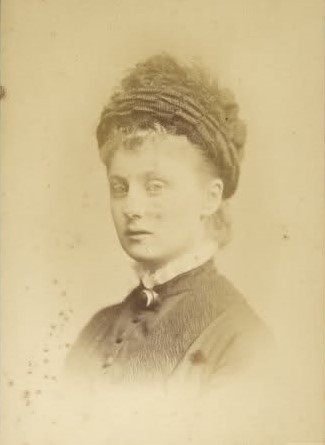
Princess Caroline Mathilde of Schleswig-Holstein-Sonderburg-Augustenburg (25 January 1860 – 20 February 1932) was the second-eldest daughter of Frederick VIII, Duke of Schleswig-Holstein and his wife Princess Adelheid of Hohenlohe-Langenburg.
#Princess Caroline Mathilde of Schleswig-Holstein-Sonderburg-Augustenburg#House Schelswig-Holstein-Sonderburg-Augustenburg#XIX century#XX century#people#portrait#photo#photography
1 note
·
View note
Text

Princess Helena of The United Kingdom
#princess helena of schleswig holstein#schleswig holstein ducal family#house of schleswig holstein sonderburg augustenburg#german history
1 note
·
View note
Photo
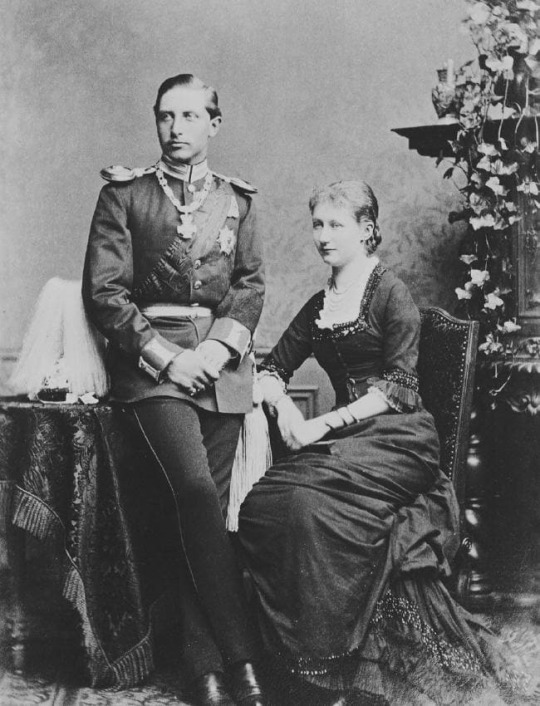
#Prince Wilhelm of Prussia#Princess Augusta Victoria of Schleswig-Holstein-Sonderburg-Augustenburg#Royalty#1880's#victorian#history#german#1880
5 notes
·
View notes
Photo

Caroline Amalie of Augustenburg, Queen of Denmark (28 June 1796 - 9 March 1881)
#caroline amalie of augustenburg#queen of denmark#daughter of frederick christian ii duke of schleswig-holstein-sonderburg-augustenburg#wife of christian viii of denmark#history#women in history#18th century#19th century#art
3 notes
·
View notes
Photo
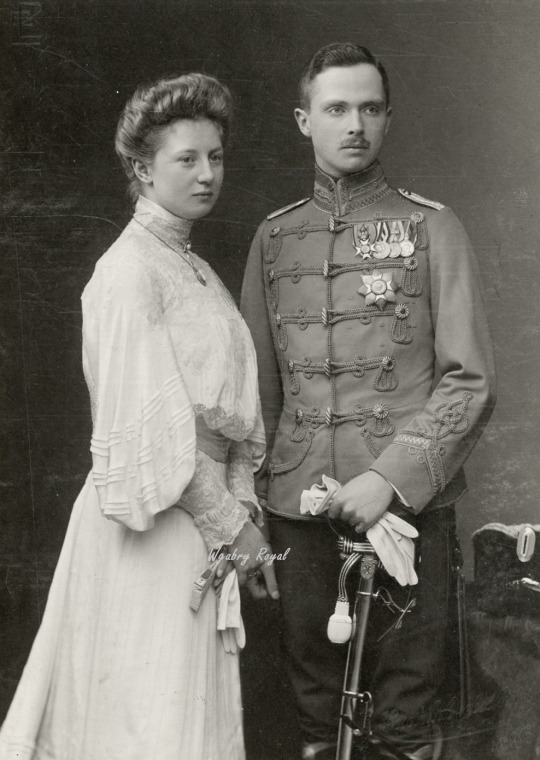
Charles Edward, Duke of Saxe-Coburg and Gotha and his wife Princess Victoria Adelaide of Schleswig-Holstein-Sonderburg-Glücksburg, the eldest daughter of Frederick Ferdinand, Duke of Schleswig-Holstein-Sonderburg-Glücksburg and his wife Princess Karoline Mathilde of Schleswig-Holstein-Sonderburg-Augustenburg. He was a male-line grandson of Queen Victoria and Prince Albert, he was also until 1919 a Prince of the United Kingdom and from birth held the British titles of Duke of Albany, Earl of Clarence and Baron Arklow. His father was Prince Leopold, Duke of Albany, the eighth child of Queen Victoria and Prince Albert. His mother was Princess Helen of Waldeck and Pyrmont, the fourth daughter of George Victor of Waldeck and Pyrmont and of his first wife Princess Helena of Nassau.
43 notes
·
View notes
Text
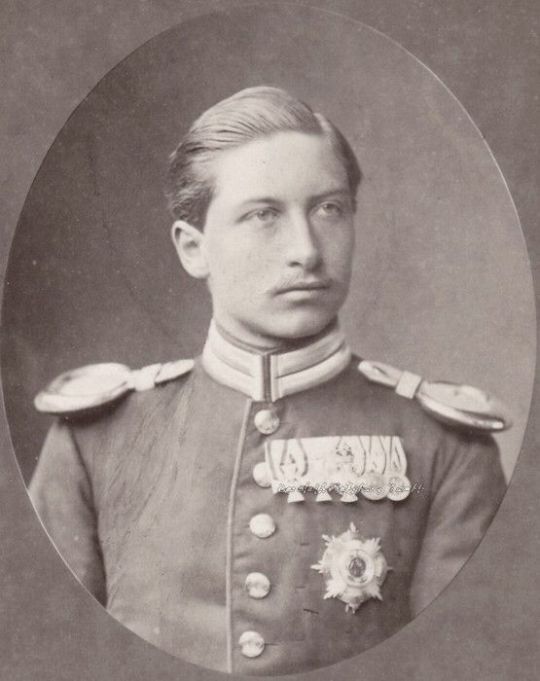

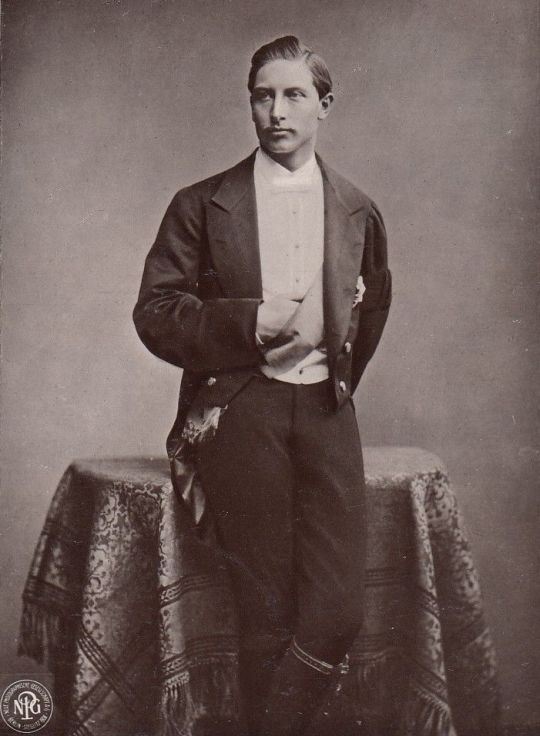

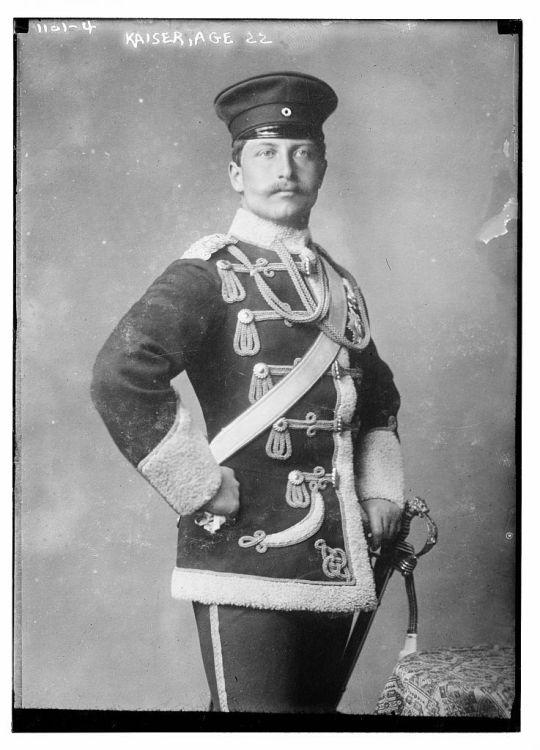



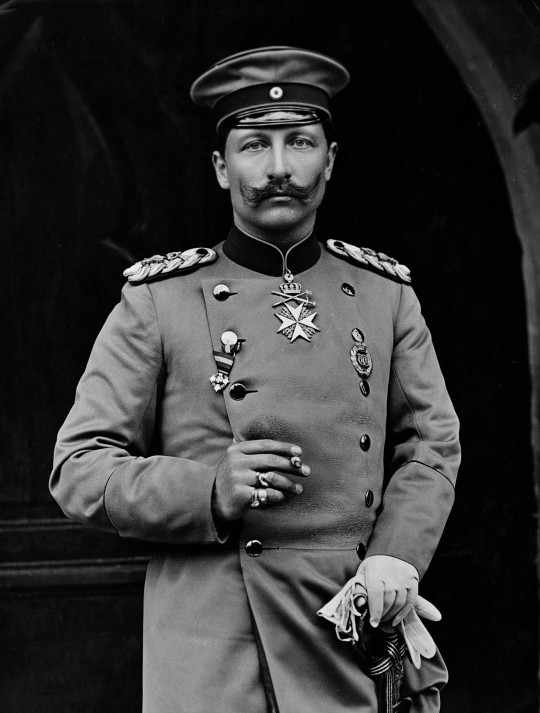
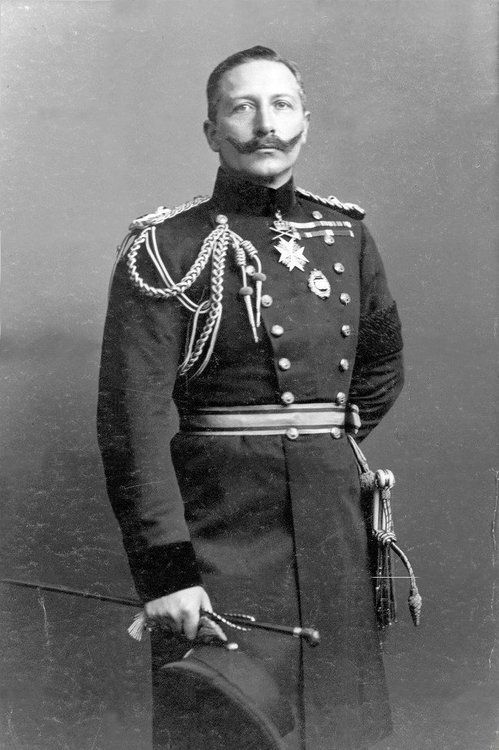
Wilhelm II, German Emperor (1859-1941).
19/20th-century German Emperor and King of Prussia.
.
His reign lasted from 15 June 1888 to 9 November 1918. Despite strengthening Germany’s position as a great power by building a blue-water navy and promoting scientific innovation, his tactless public statements and reckless foreign policy greatly antagonized the international community and ultimately plunged his country into World War I. When the German war effort collapsed after a series of crushing defeats on the Western Front in 1918, he was forced to abdicate, thereby bringing an end to the Hohenzollern dynasty’s three hundred year rule.
.
His grandfather and father both died in 1888, the Year of Three Emperors, making Wilhelm emperor and king. On 20 March 1890, he dismissed the German Empire’s powerful longtime chancellor, Otto von Bismarck.
.
After Bismarck's departure, Wilhelm II assumed direct control over his nation’s policies and embarked on a bellicose "New Course" to cement its status as a respected world power. Subsequently, over the course of his reign, Germany acquired territories in the Far East and became Europe’s largest manufacturer. However, he frequently undermined such progress by making threatening statements towards other countries and voicing xenophobic views without consulting his ministers. Likewise, his regime did much to alienate itself from the world's other Great Powers by initiating a massive naval build-up, challenging French control of Morocco, and building a railway through Baghdad that threatened Britain's dominion in the Persian Gulf. Thus, by the second decade of the 20th century, Germany could rely only on significantly weaker nations such as Austria-Hungary and the declining Ottoman Empire as its allies.
.
Wilhelm II’s turbulent reign ultimately culminated in Germany's guarantee of military support to Austria-Hungary during the crisis of July 1914, one of the direct underlying causes for the First World War. A lax wartime leader, he left virtually all decision-making regarding strategy and organisation of the war effort to the Imperial German Army's Great General Staff. By 29 August 1916, this broad delegation of power resulted in a de facto military dictatorship that dominated national policy for the rest of the conflict. Despite emerging victorious over Russia and achieving significant gains in Western Europe, Germany was forced to relinquish all its conquests after its forces' decisive defeat in November 1918. Upon losing the support of the military and his subjects, Wilhelm abdicated his throne and fled to exile in the Netherlands. He remained there during the German occupation in World War II, and died in 1941.
.
He was married twice : Princess Augusta Victoria of Schleswig-Holstein-Sonderburg-Augustenburg (1881) ; Princess Hermine Reuss of Greiz (1922). He had seven children.
He died of a pulmonary embolus.
[Submission]
#wilhelm ii#german history#germany#late 19th century#19th century#1800s#late 1800s#early 20th century#20th century history#20th century#1900s#1910s#ww1#world war 1#world wars#history crush#historical hottie#history#history hottie#historical crush#history lover#historical figure#history nerd#historical babes#historical#royal history
108 notes
·
View notes
Text
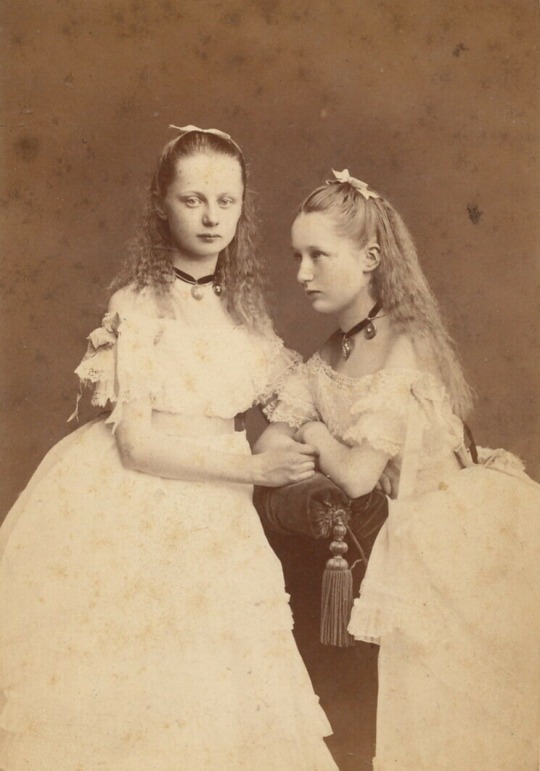
Princesses Karoline Mathilde and Augusta Victoria of Schleswig-Holstein-Sonderburg-Augustenburg, early 1870s.
Queen Victoria's great-niece.
#princess karoline mathilde of schleswig-holstein-sonderburg-augustenburg#princess augusta victoria of schleswig-holstein-sonderburg-augustenburg#schleswig-holstein#schleswig-holstein-sonderburg-augustenburg#german royalty#german royal#early 1870s#1870s
63 notes
·
View notes
Photo
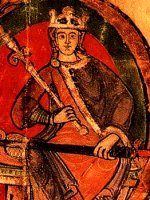

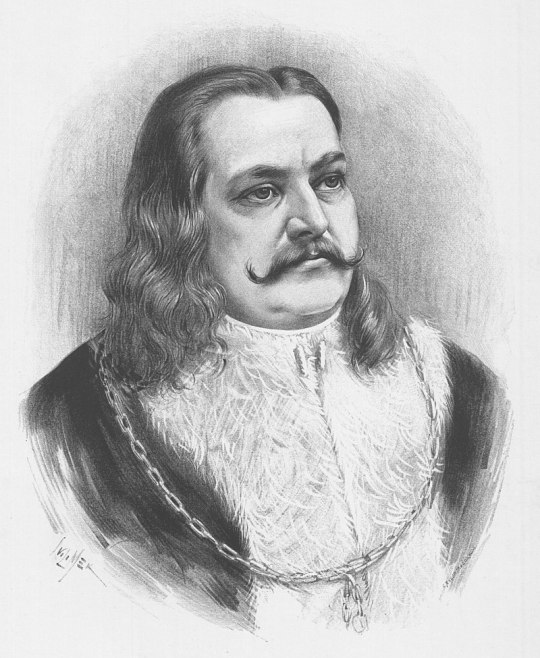
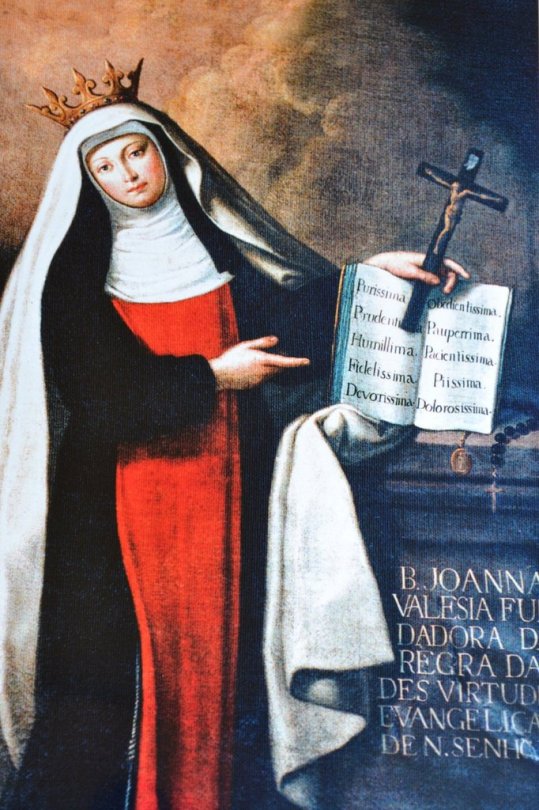

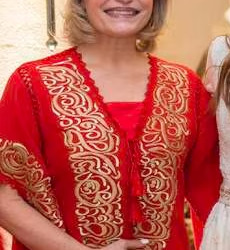
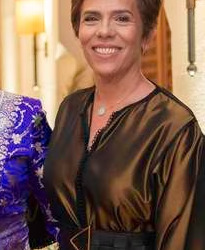



Royal Birthdays for today, April 23rd:
Malcolm IV, King of Scotland, 1141
Afonso II, King of Portugal, 1185
George of Poděbrady, King of Bohemia, 1420
Joan of France, Queen of France, 1464
Charlotte Amalie of Holstein-Plön, Duchess of Schleswig-Holstein-Sonderburg-Augustenburg, 1744
Aisha bint Al Hussein, Princess of Jordan, 1968
Zein bint Al Hussein, Princess of Jordan, 1968
Gabriella Kingston, Daughter of Prince Michael of Kent, 1981
Laetitia Maria of Belgium, Archduchess of Austria-Este, 2003
Louis of Wales, British Prince, 2018
#prince louis#Laetitia Maria of Belgium#gabriella kingston#Zein bint Al Hussein#Aisha bint Al Hussein#Charlotte Amalie of Holstein-Plön#joan of france#George of Poděbrady#afonso ii#malcolm iv#long live the queue#royal birthdays
23 notes
·
View notes
Text
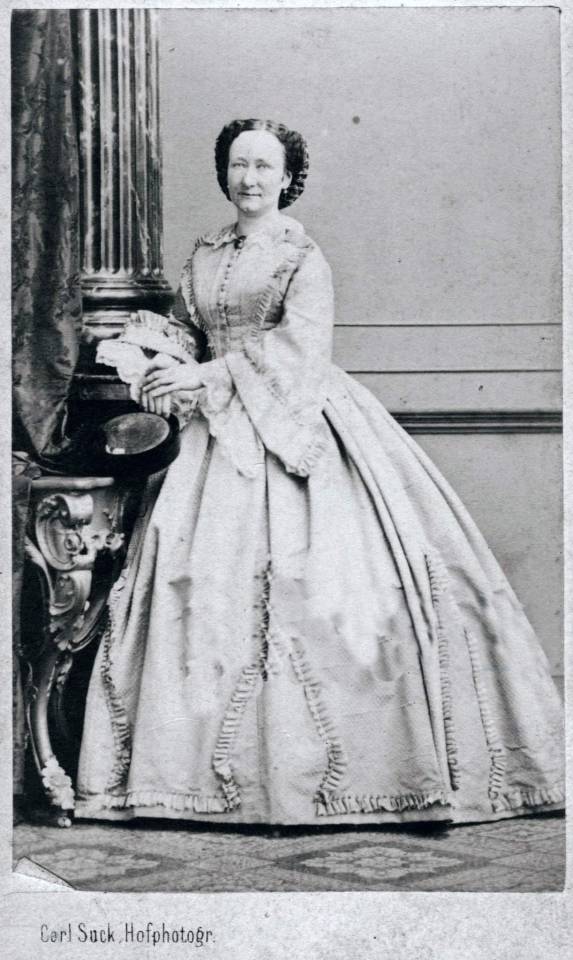
Princess Luise of Schleswig-Holstein-Sonderburg-Augustenburg
18 notes
·
View notes
Photo
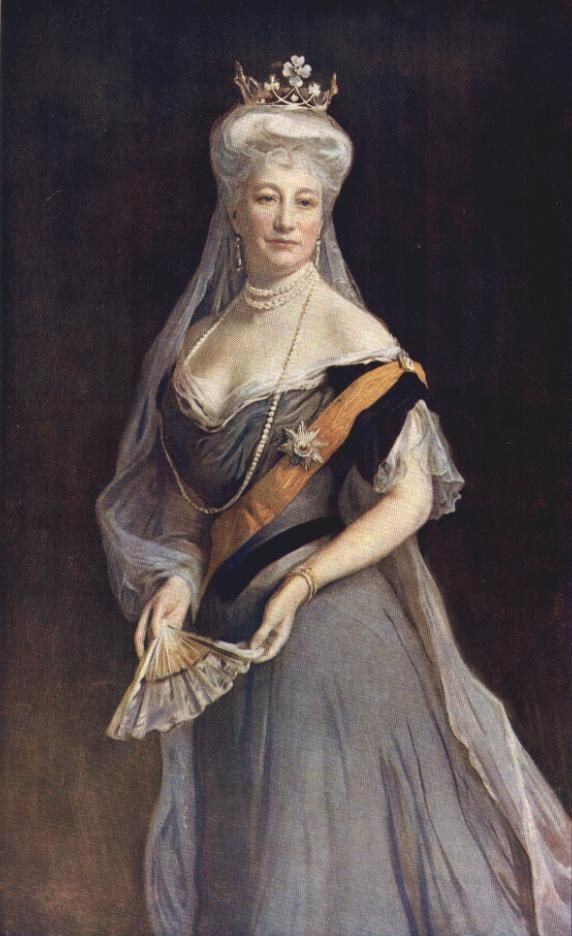
Augusta Victoria, German Empress and Queen of Prussia, born Princess of Schleswig-Holstein-Sonderburg-Augustenburg. Artist
27 notes
·
View notes
Photo
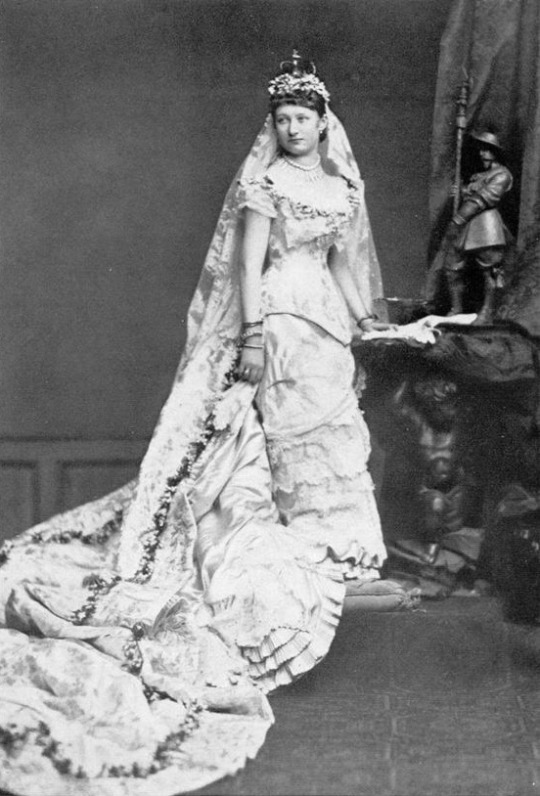
The prescriptive Empress of Germany, Princess Augusta Victoria Amelia Louisa Marie Constance, is the eldest of five children of the late Grand Duke and the Grand Duchess of Schleswig-Holstein-Sonderburg-Augustenburg. She was born in the little parish of Dantzig, near Frankfort on the Oder, on the 22nd October 1858. Her mother, daughter of Ernest, Prince of Hohenlohe-Langenburg, is sister of Count Gleichen, who married Queen Victoria's half-sister Feodora, niece of the Prince Christian of Schleswig-Holstein. Related to the royal House of Denmark, the Princess counts other honourable, if humbler, connections, her aunt, the Princess Henriette, having married the celebrated Dr. Esmarck, professor of surgery at Kiel. The fallen fortunes of her father, the Grand Duke compelled him to live in strict retirement and to order his household with an austere simplicity. In the adversity that had befallen him, the ruined prince found a solace and an interest in devoting himself to the education of his children. The high mental training they received is principally due to the direction he gave to their studies. An accomplished English lady resided for years with the princesses, and helped in the task of their education. The Princess Augusta-Victoria passed a studious youth in the castle overlooking the quiet village. Doubtless the frugal surroundings of her childhood and girlhood, the sense of her illustrious birth and connections, helped form her character, and to give to it seriousness and dignity. When in later years, she left that retired home to appear before the German nation as the bride of the grandson of the Emperor, the reputation of her solid attainments and womanly accomplishments had preceded her, and the people proudly said of her that she was “a real German princess.” It must have appeared an instance of poetic justice to the Grand Duke when the Kaiser's brilliant and beloved grandson, whose hardy spirit and heroic carriage made him bear so strong a likeness to that sovereign who had despoiled him of his dominions, in pursuance of the ideal he had set to himself of reigning over a united Germany, came over and over again to the simple home at Dantzig. There was no mistaking the devotion of the gallant young prince to the fair and tall princess, the eldest of the family group there. At a hunting party given in the late autumn of 1879 at Castle Prinkinan, the seat of the Augustenberg family in Silesia, it is believed that the Grand Duke was left in no further doubt as to the likelihood of his his being ranked in the years to come as one of the ancestors of future German emperors. He did not live, however, to see the consummation of the union that would have gone far to copensate him for the shadows that had gathered about his lot. He died in January 1880. In the following June the Princess Augusta-Victoria was formally betrothed to Prince Wilhelm in the presence of the royal family of Prussia at the castle of Babelsburg, the Emperor's beautiful country seat set at the wooded heights dominating Potsdam. The greater part of the time between her betrothal and marriage the Princess spent in England at Cumberland Lodge. Many may remember the blonde-haired blue-eyed lady, of tall and elegant stature, whose natural stateliness of bearing was softened by a kind and courteous address. In person she appeared to be the type of what the folk of the Fatherland called her, “a real German princess.” On the 21st of February 1881, the marriage of Prince Wilhelm of Prussia and Princess Augusta-Victoria was celebrated in the chapel of the Imperial Palace at Berlin, in the presence of a notable gathering of potentates, princes, and of the wisest and bravest men in the empire. Among those present none, it was said, rejoiced more at the marriage than did the aged Emperor, or gave a heartier welcome to the dowerless bride of Prince Wilhelm. M. de Vassili gives, in the Revue Nouvelle, a portrait sketch of this prince, who seems to possess an irrestitable power of attraction over all who approach him. The description is sullied with some pages Mme. Adam would have done well not to publish, yet even the French count is forced to pay a reluctant homage to the brilliant wit, the high spirit, the genial sympathetic nature, the indomitable courage, enterprise, and ambition the young prince has given proof of. Idolised by his grandfather, for whom he nourishes a sort of hero-worship, Prince Wilhelm is adored by the army, and to the welfare of that army he is devoted.
On the 6th of May, 1882, the eldest son of Prince Wilhelm and Princess Augusta-Victoria, Prince Frederick William, was born at Potsdam.
#Empress Augusta Victoria#Hohenzollern#Schleswig-Holstein#Kaiser Wilhelm II#magazine article#1880s#prussian royal family
29 notes
·
View notes